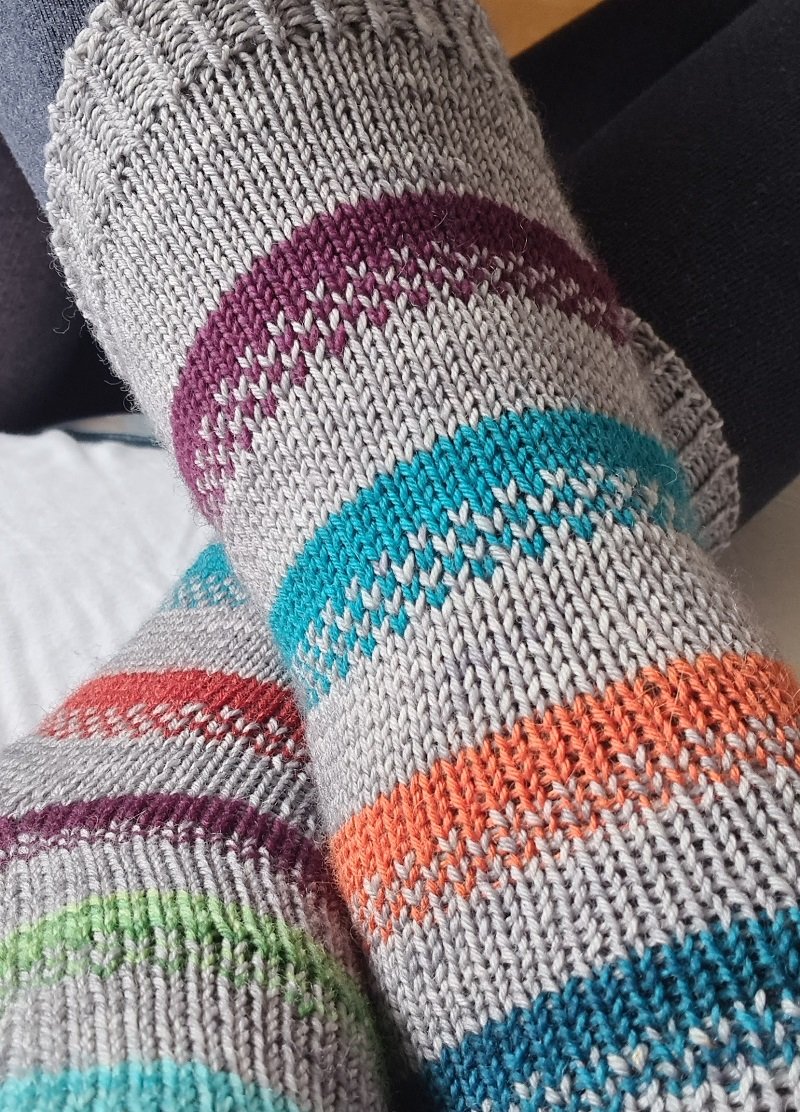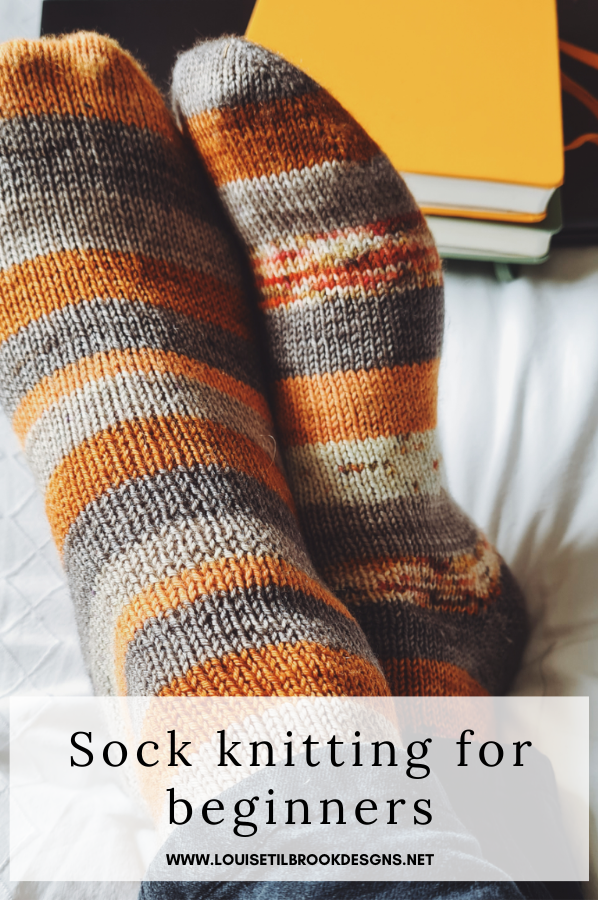As today is #WorldMental HealthDay it seems a good time to ask the question why do I knit, or more specifically I guess “Why am I a knitter”.
Anyone can knit of course, it’s a learned skill using needles and yarn. But of those who are able to physically knit, a smaller subsection would define themselves as a knitter - a Knitter with a capital K, if you like. My husband can knit, and produce a passable garter stitch square but he would never say that he is a knitter.
“Really, all you need to become a good knitter are wool, needles, hands, and slightly below-average intelligence. Of course superior intelligence, such as yours and mine, is an advantage.”
I learned to knit as a child and dabbled with it off and on through my teenage years. I picked it up again in my 30s when I had young children and was in need of something to do, something for myself in odd moments of free time.
Knitting fulfilled the requirements of being something I could easily pick up and put down, and something that was portable and easily tidied away out of reach - something of a necessity when you have two active boys with only 11 months between them.
Knitting gave me something to do with my hands and my brain, and was also very clearly something for me. It demarcated my time and was a very clear signal to my boys that mummy was taking a break for a few minutes. Knitting would also sit and wait for me if I was interrupted by a toddler emergency - unlike that precious and elusive hot cup of coffee that I somehow managed to go all day without drinking.
In time I found the online knitting community (this was back when Ravelry was available by invitation only) and that was when I really became a Knitter. Finding a whole host of people online who thought and felt as I did about knitting was a revelation. Coming from a background where knitting patterns were found in Women’s Realm and the ‘wool stall’ on the market - paper booklets corralled in plastic wallets - only to be sold with the designated ‘wool’ from the shelves, finding Knitty online was a total joy and gave me a whole new way of thinking about my chosen hobby.
Community is why knitting really stuck with me. Over the years I’ve also done tapestry, embroidery and dabbled in sewing. But knitting has my heart and it’s because of the friends I’ve made online and in person over the years. I can’t imagine not being a knitter now.
There are always times when I don’t feel like picking up the needles, and I’d rather read or journal or bake something but I’ve come to see that these are all still acts of creativity and they all feed back to my central core of knitting by inspiring me or getting my brain into the kind of relaxed ‘flow state’ where new design ideas or new projects to try come flooding in.
My summer reading challenge, for example came about as a way to boost my own reading goal for the year and also as a way of encouraging those in my Everyday Knitter Facebook Group to join in with me and share their chosen reads - and it was a handy way to get new titles for my ‘to read’ list. On the surface it was nothing at all to do with knitting, but as a way of boosting connections and conversation between fellow knitters it was invaluable - and very enjoyable. So much so that I am planning a winter version to start soon.
What about you? What keeps you coming back to the needles? Is it the yarn, the people or the mental health benefits - or all 3 maybe?
And if you are looking for a drama-free Facebook Group full of knitters with a capital K, please do check out my Facebook Group at the link below. I’d love to see you there.








